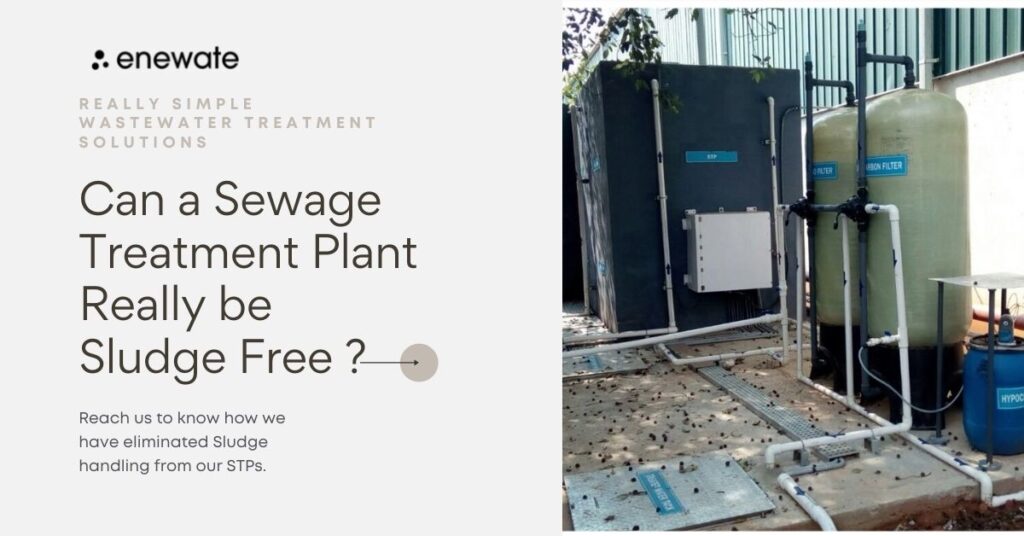Every community produces liquid and solid waste that need to be treated before being disposed of in landfills and water bodies. To check water pollution and preservation of ecology in India, the sewage treatment plants are in great demand that effectively treats industrial, commercial, and domestic wastewater. Sewage treatment is a type of wastewater treatment that removes contaminants from sewage and gives an environmentally safe treated effluent that can be discharged to the surrounding environment or can be reused.
India being densely populated generates large quantities of sewage that makes it necessary to treat or purify wastewater to some degree before disposal. Thus the use of sewage treatment plants became prevalent because instead of directly discharging sewage into a water body, the sewage was passed through a combination of physical, biological, and chemical processes to remove most of the pollutants. The by-product of the sewage treatment is semi-solid slurry called the sewage sludge that needs further treatment before releasing into the environment.

Step by Step Sewage Treatment Process
Depending upon the size, sewage treatment plants in India treat the waste of commercial properties or domestic dwellings. The sewage treatment plants make the sewage water less harmful for the living beings on the earth and the environment by employing a critical treatment process. The step by step process of the sewage treatment is described below:
- In the initial stage of the sewage treatment process, screening is carried out to remove large objects like diapers, sanitary items, nappies, face wipes, cotton buds, plastic bottles, plastics, or rags that may block the treatment process or damage the machinery.
- In the second stage of the treatment process, the primary treatment of the sewage starts by separating the organic solid wastes from the wastewater. The wastewater is kept in large settlement tanks that allow large and heavy wastes to settle down at the bottom of the tank.
- In the third stage, the water free from heavy wastes is passed for secondary treatment. The water is then poured into a big rectangular tank known as the aeration lanes where the air is pumped into the water to break down the tiny bits of sludge with the help of bacteria.
- In the last and final stage, the processed wastewater is passed through a settlement tank where more large objects after bacterial treatment get settled down. In this stage that water is almost free from harmful substances and chemicals and finally before releasing the water to the river, it flows over a wall to be filtered over a sand bed to remove extra particles from it.
The sewage treatment plants in India are commissioned across hotels, industries, schools, holiday resorts, industrial complexes, housing colonies, shopping malls, residential apartments, and site offices for multiple benefits like reusability of treated water, zero sludge generation, less footprint, produces high-quality effluent, and better bio treatment. Sewage treatment plants have immensely gained popularity in India, as the government is making a great effort to teach people the importance of pollution control and saving water. Sewage treatment plants not only help reuse water but also keep the environment clean and healthy.